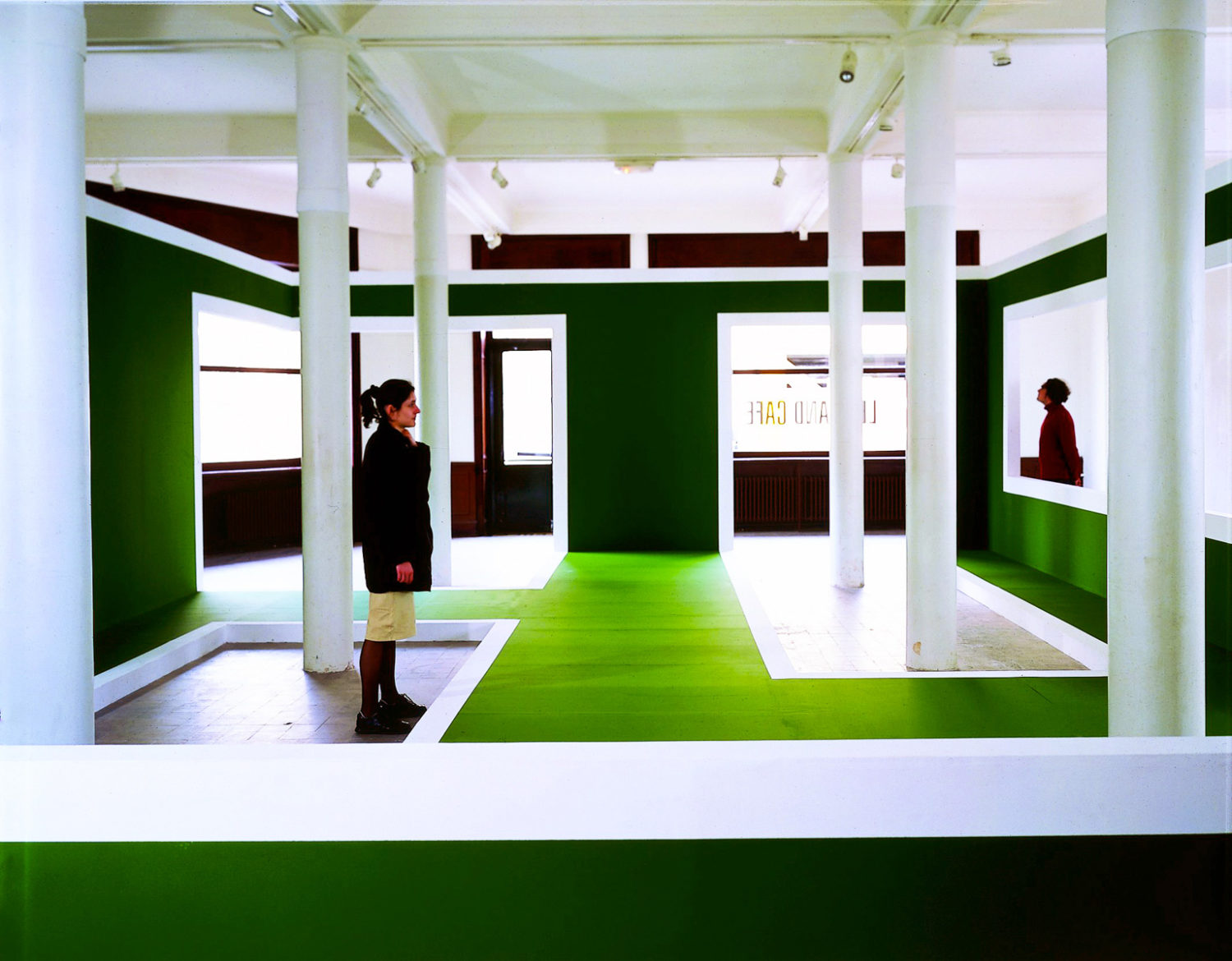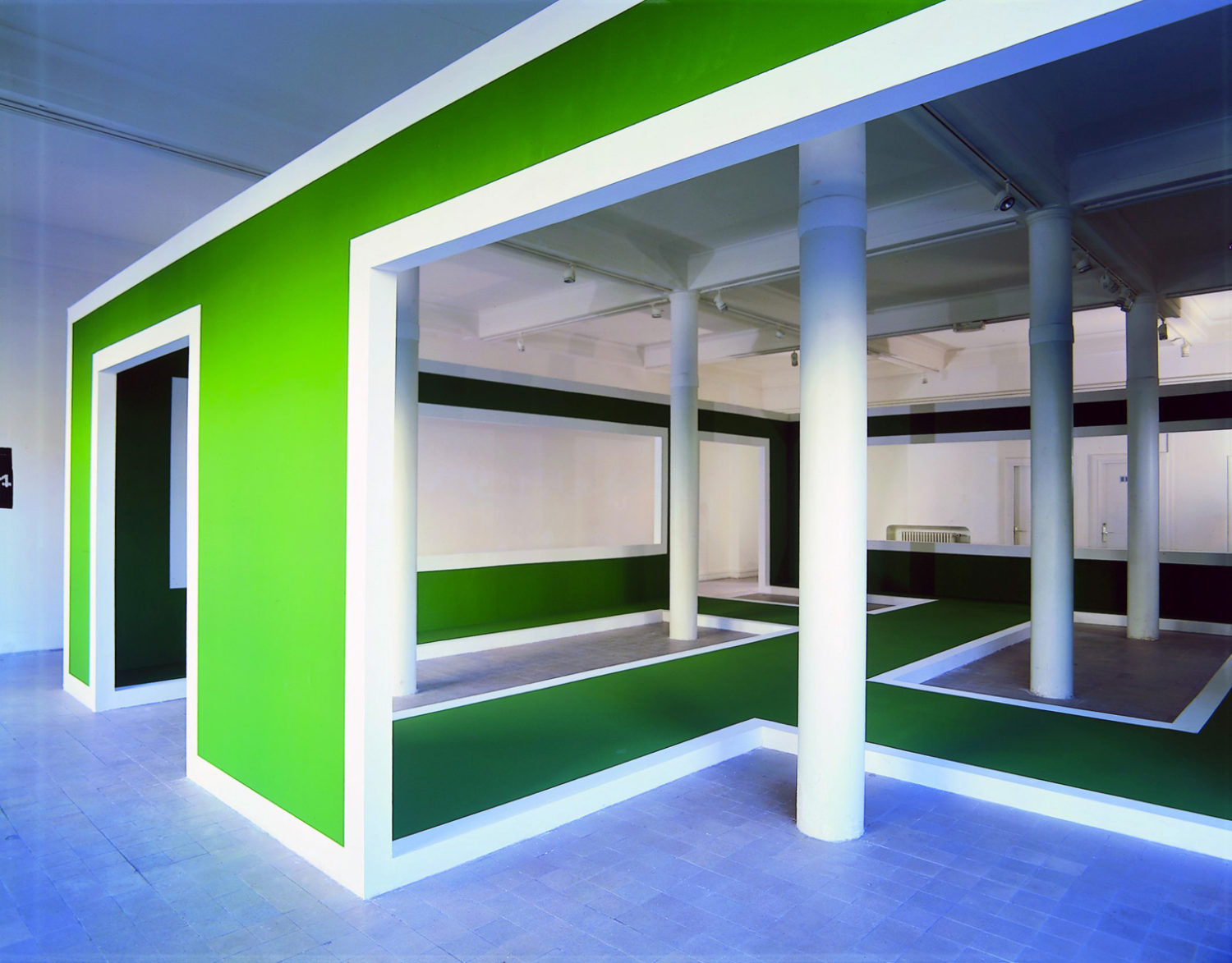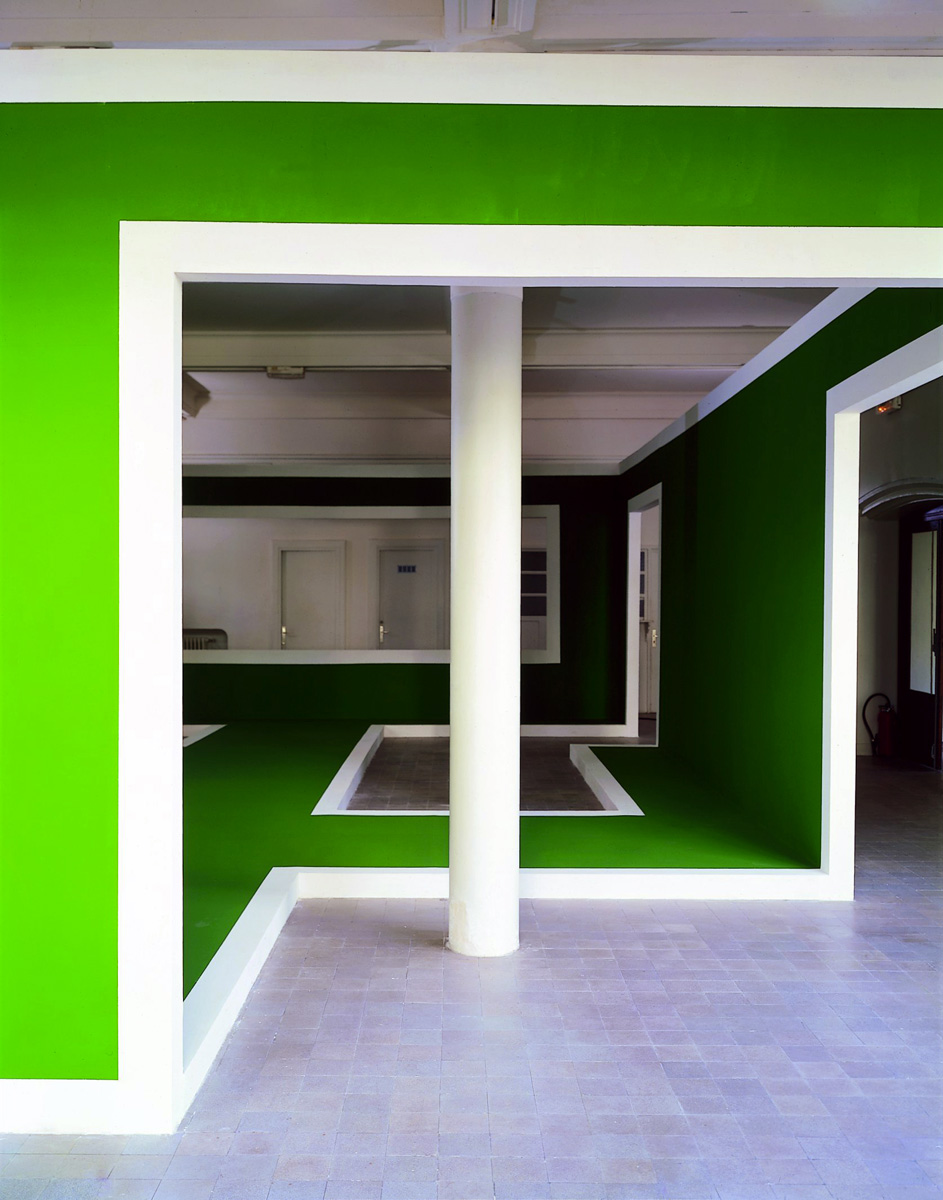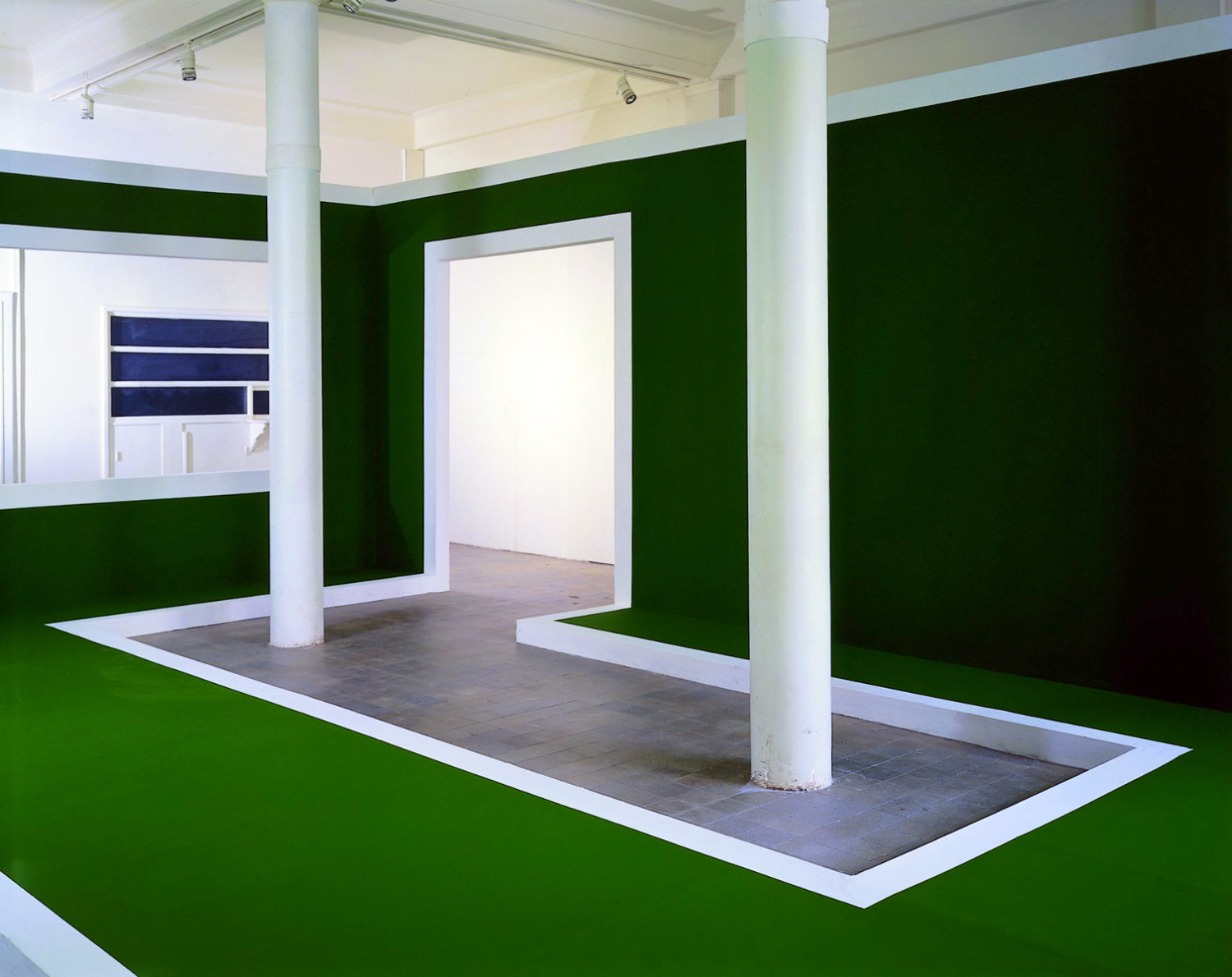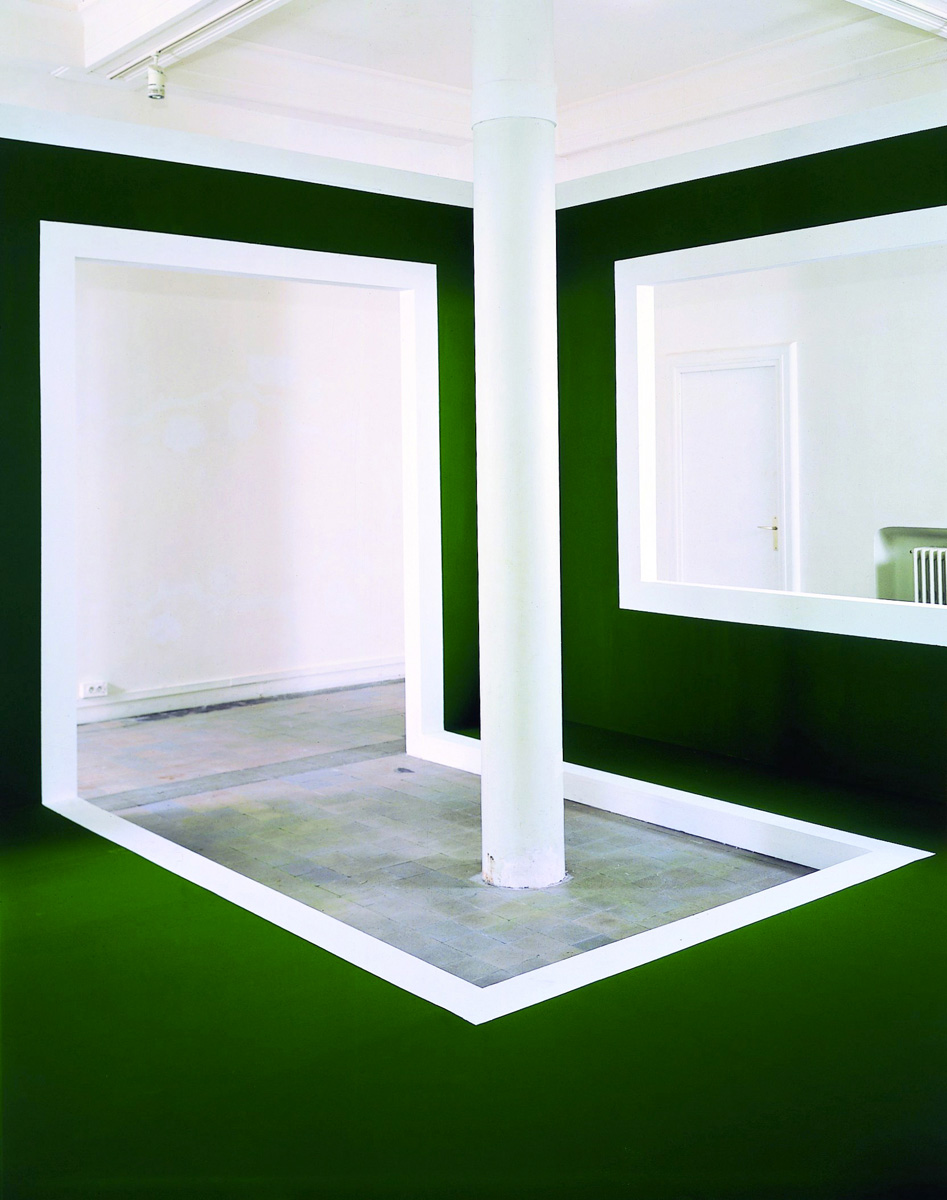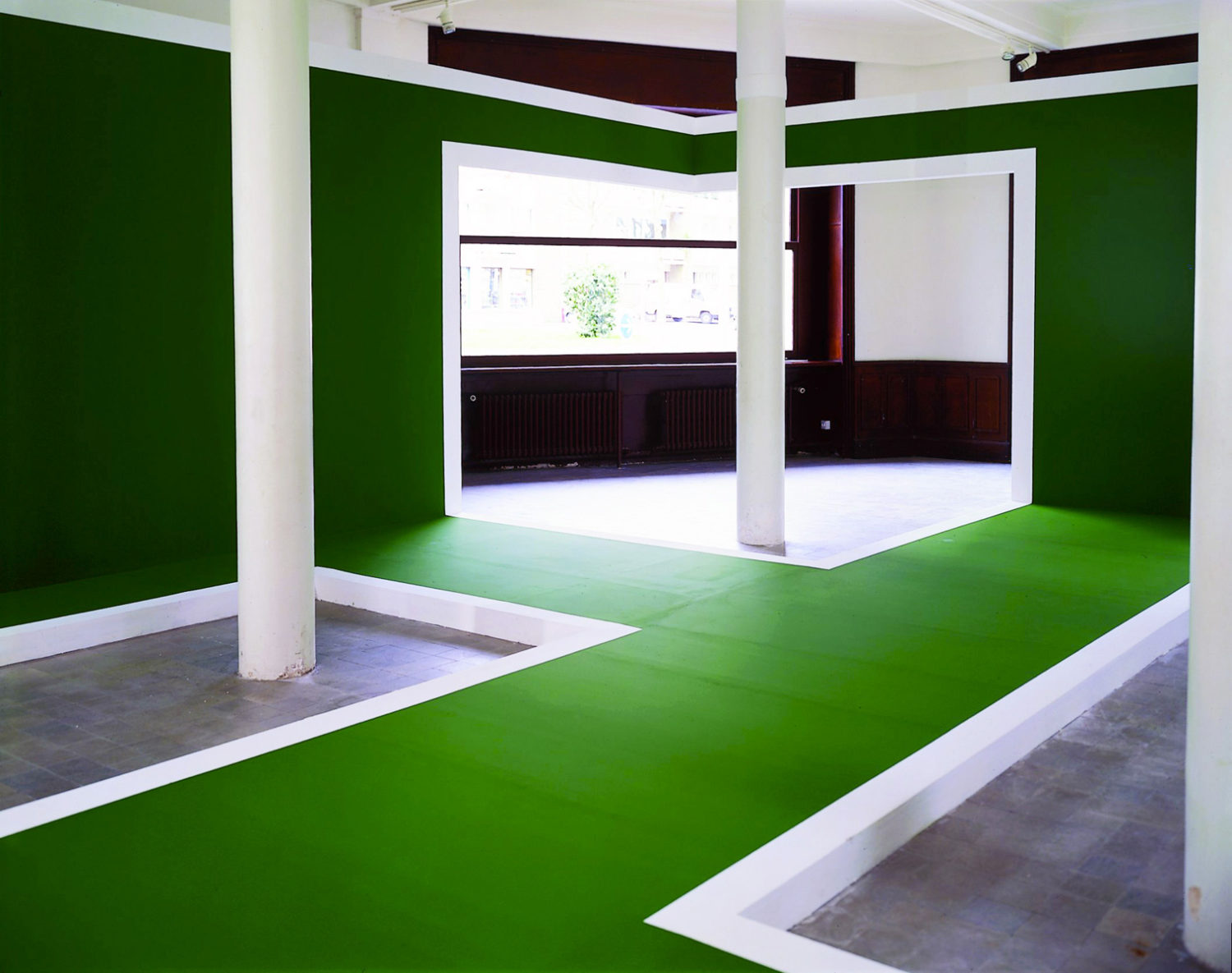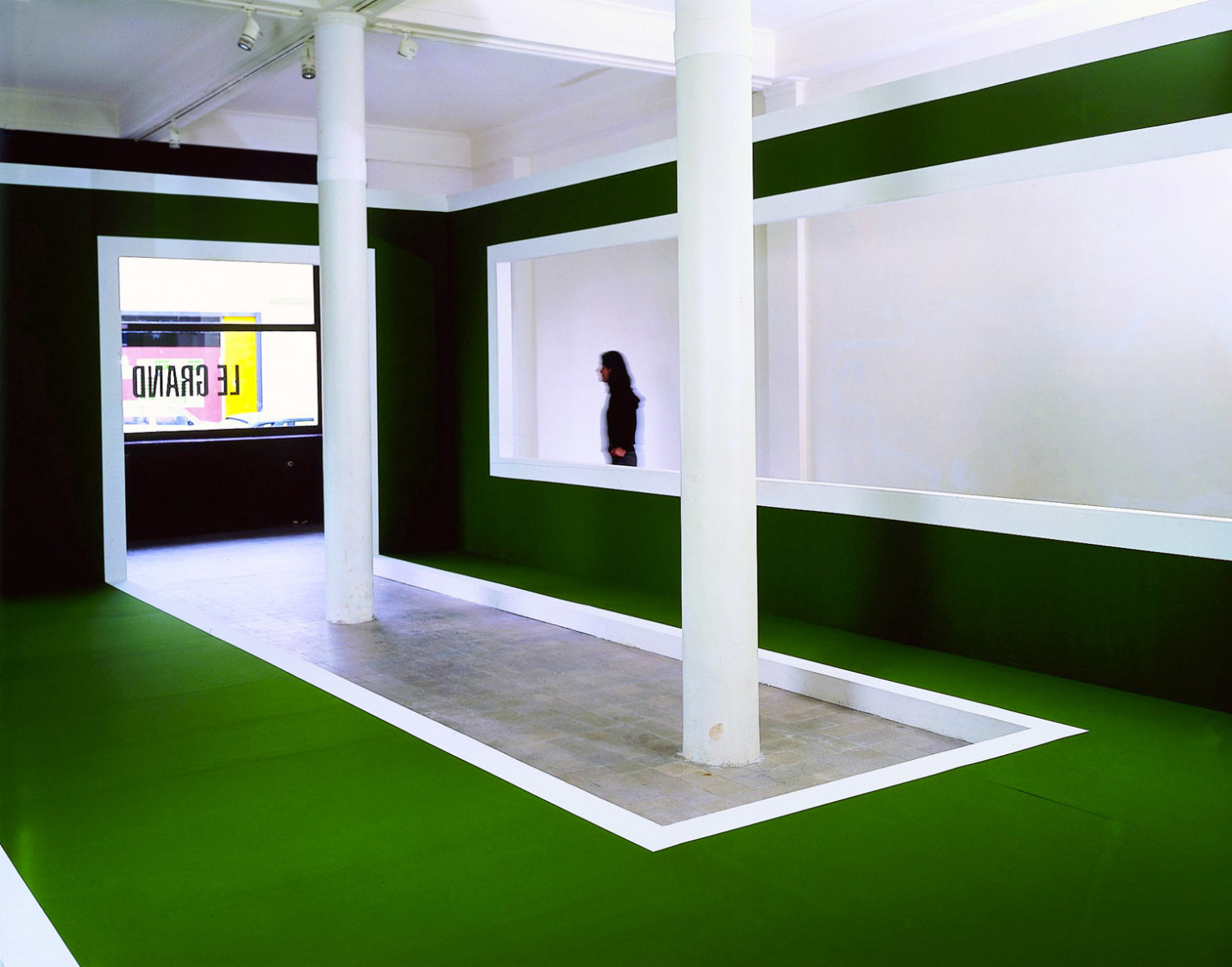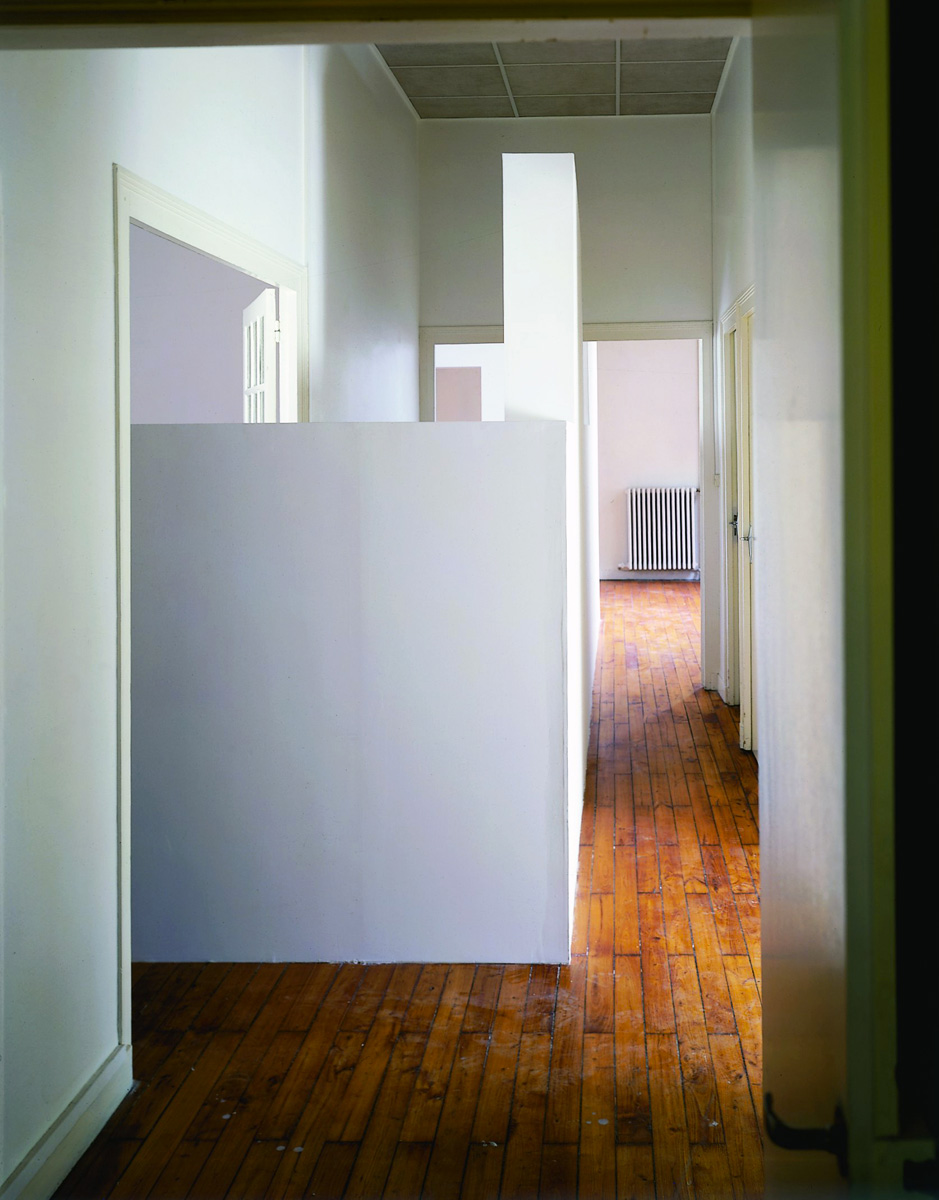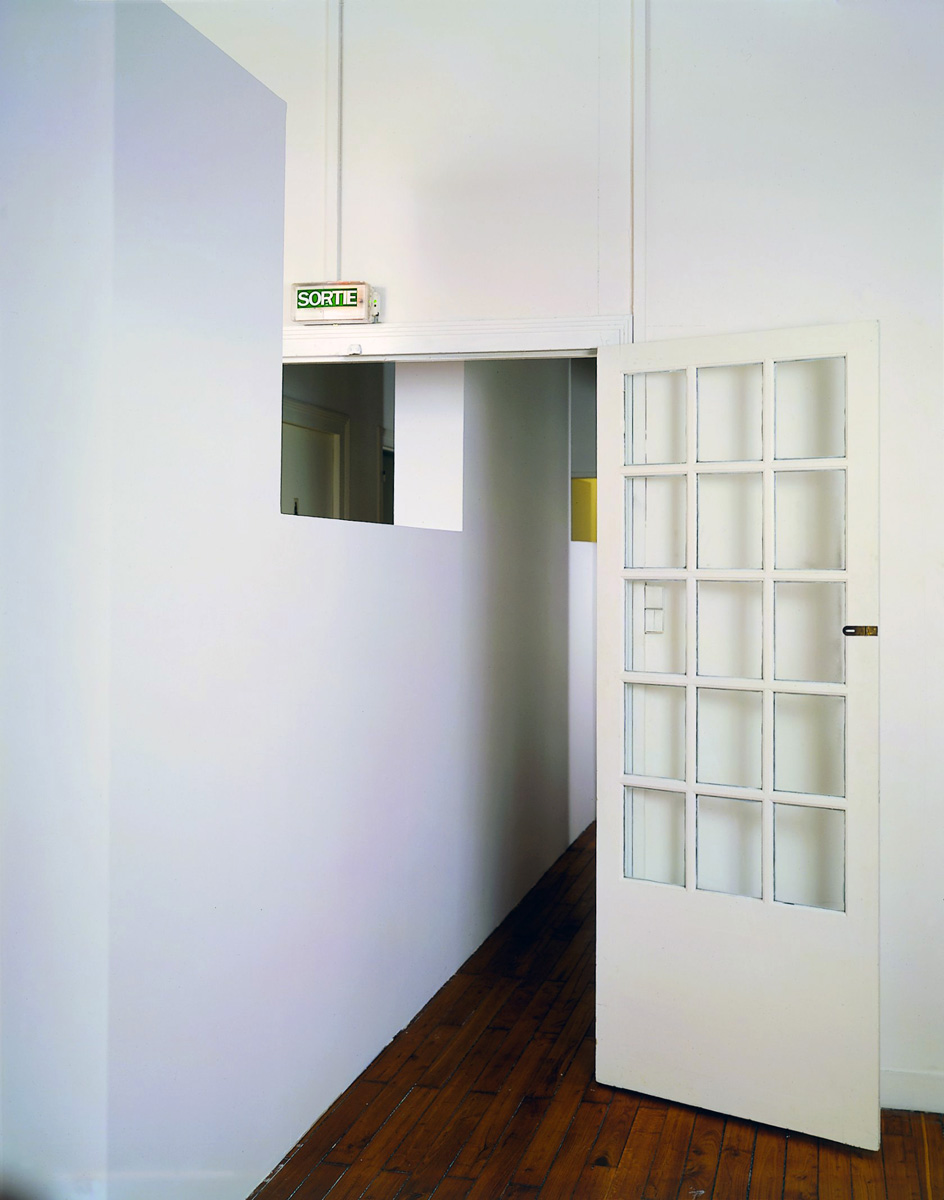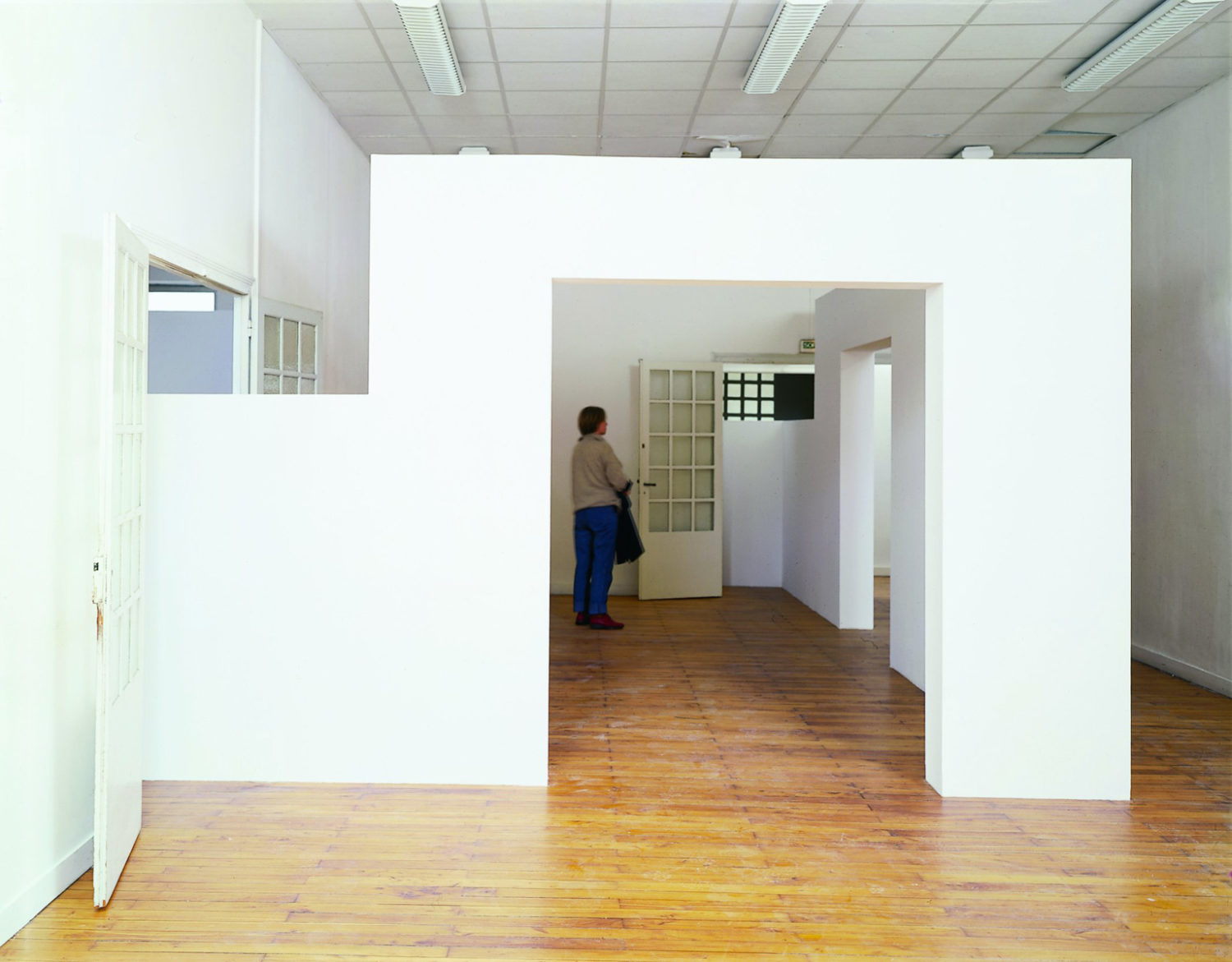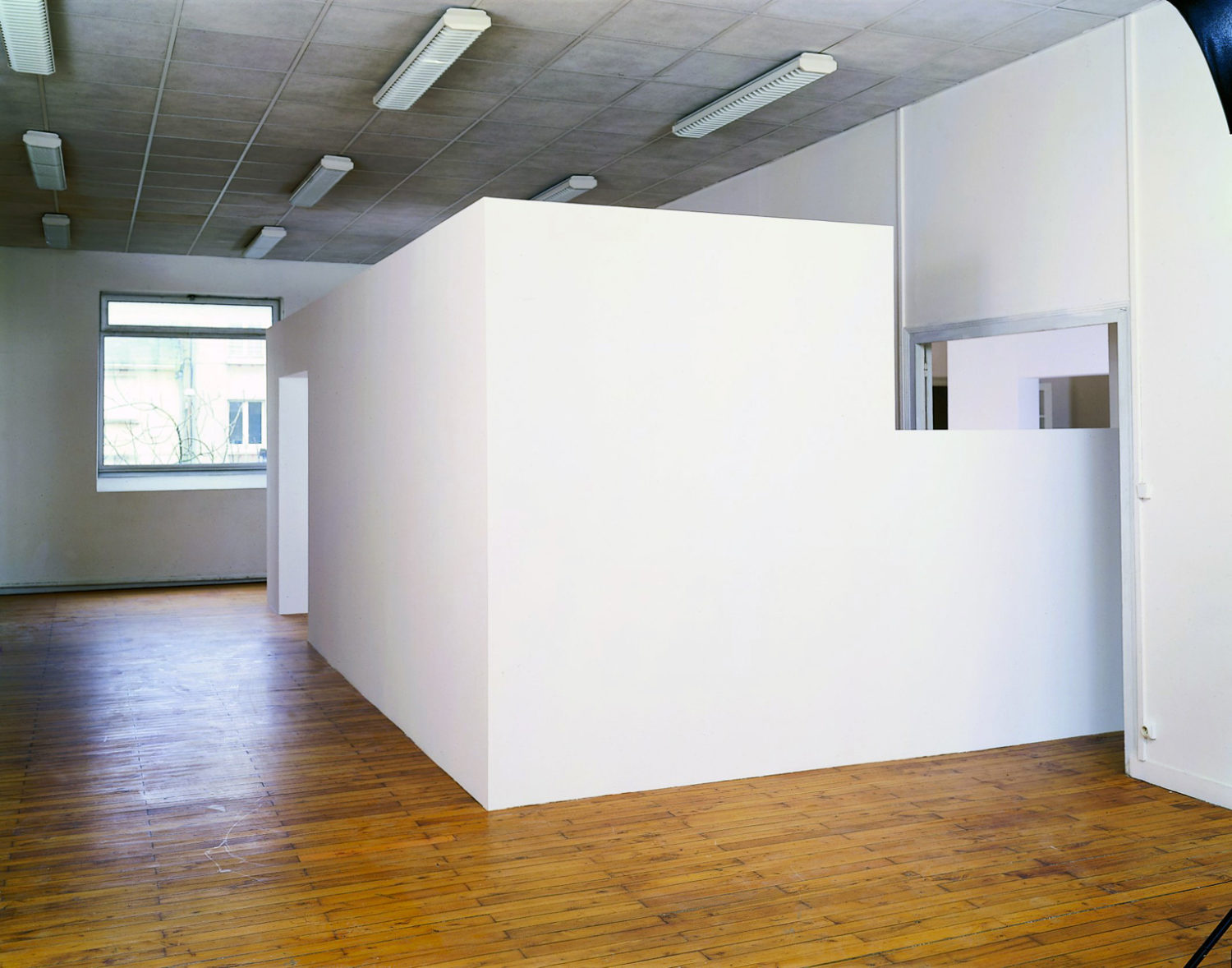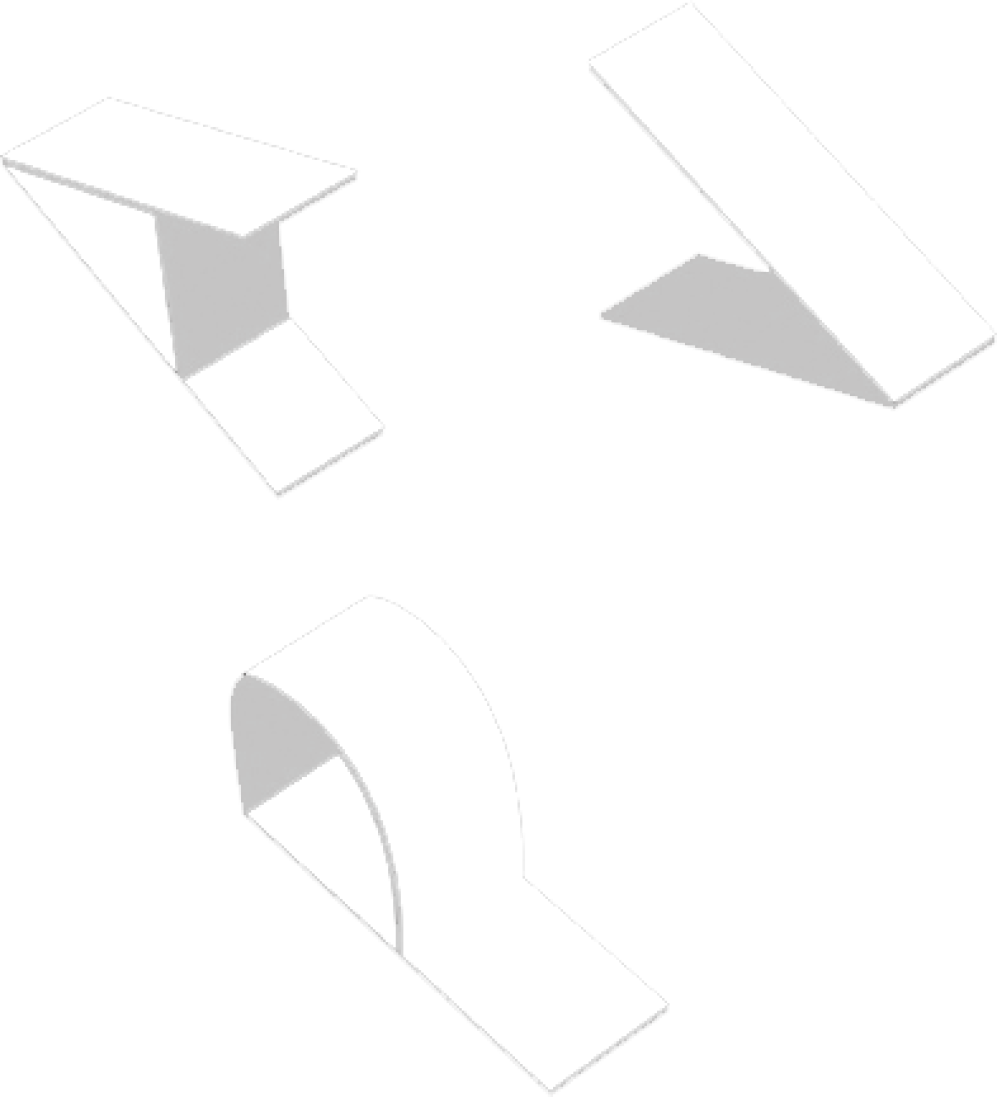Available document
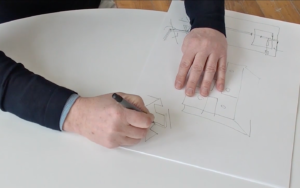
Editing : Yoann Le Claire
Entretien : Amélie Evrard
Exhibition
Since 1990, Krijn de Koning mainly creates in situ sculptures that borrow an elementary vocabulary from architecture: floors, walls, ceilings, openings in ‘doors’ and ‘windows’ organise, for the spectator, the surprise of unexpected and multiple viewpoints onto the occupied space and the internal space of the sculpture. These constructions, which can sometimes be entered, offer a somewhat jubilant experience of space that is as much physical as visual, and deploy a dispositive in which the notion of passage is fundamental. In this way, Krijn de Koning allows a constant perceptual to and fro between the work in its site and the site of the work. Each of his interventions amplifies the physical sensations of a space and circumscribes that which makes its materiality, in particular by the play of flatly applied colour. Like several artists of his generation, Krijn de Koning places experience at the centre of his activity and proposes a world in which the lived moment of this materiality appears to make up the ultimate tangible and ‘reliable’ given of reality.
At Le Grand Café, the artist has chosen to intervene both in the main exhibition space and on the first floor by conceiving two sculptures, each specifically for these very different spaces. Each work is the result of a detailed observation of the site. The artist does not conceive his installations on a plan, based on theoretical presuppositions. He always begins by getting the feel of the space in a physical sense; his works therefore come out of a certain intimacy with the site.
On the ground floor, Krijn de Koning gives us a construction around the room’s pillars, since these are the elements to which the eye ceaselessly returns. For Krijn de Koning it is about bringing these pillars inside a sculpture, in a form that both ignores and emphasises them. The surrounded pillars lose all their use, all function, but their simple presence makes the space that encircles them exist. The single colour unifies and densifies the sculpture. The play of transparencies made possible by the large openings invites the spectator to move around, and by arranging the possibility of placements within the sculpture puts her in position to contemplate the space. That is one of the particular points to Krijn de Koning’s work: giving back to the spectator the possibility of freely giving herself over to contemplation.
On the first floor, Krijn de Koning has chosen to build a sculpture that straddles the two rooms. Which means he proposes a single space, right where the initial architecture made two. Because they are thicker than the existing partition, the walls of the sculpture invert the feeling of permanence attached to all ‘real’ architecture. Put in another way, we almost feel that the architecture of Le Grand Café has placed itself over the artist’s sculpture. The very choice of inscribing the sculpture inside three doorways speaks clearly of the role that Krijn de Koning gives to the experience of passage. Passage, from outside to inside, renewed many times in a single sculpture, is what prevents the relationship with the work from being made without the work, by the intermediary of a reproduction, for example. In this, Krijn de Koning distinguishes himself from a number of sculptors of his generation who attempt to ‘scatter’ sculpture, to enlarge it into other forms. On the contrary, his work effectively constitutes a kind of ‘re-proclamation’ of sculpture as a three-dimensional element and as a process of inscription in the site.
